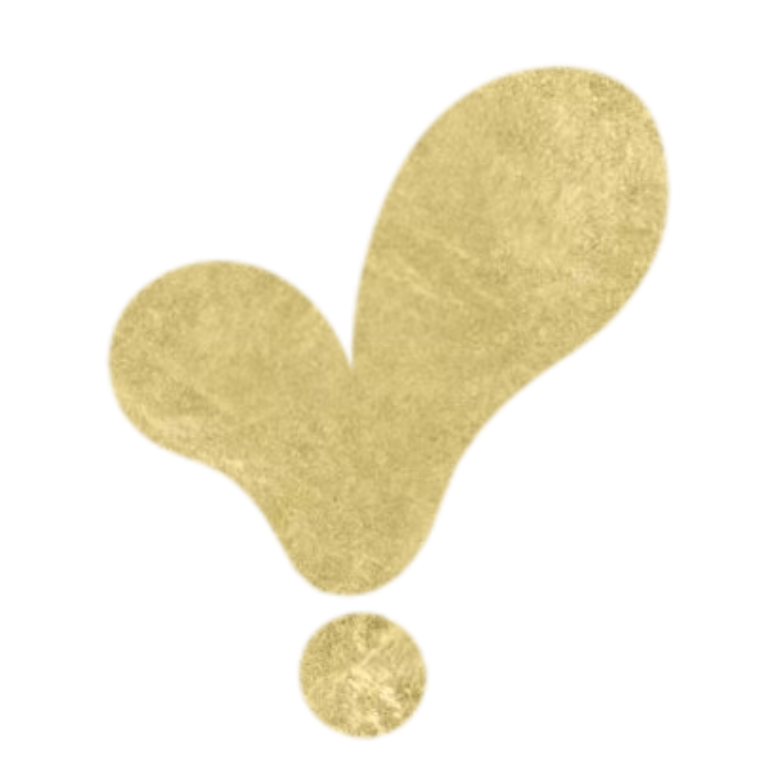1) Why aren’t Hearts and Arrows diamonds available in lower colors and clarities?
The labor costs and weight loss involved in producing these diamonds are significant. For lower-priced diamonds, these costs have a much greater impact on the overall price. To maintain profitability, cutters must charge higher prices, making it more feasible to use higher-quality rough for Hearts and Arrows diamonds. Lower-quality rough is typically allocated to factories that produce standard cuts.
2) Why don’t more jewelers carry Hearts and Arrows diamonds?
There are several reasons:
1. Some jewelers focus on lower-priced diamonds, which are typically cut for weight retention rather than optimal beauty.
2. Others may lack the expertise to sell high-performance diamonds.
3. Hearts and Arrows diamonds are still relatively new, and not all jewelers fully understand or embrace them—though this is changing.
4. Additionally, some jewelers do not have access to reliable suppliers for these diamonds and instead opt to sell what’s readily available.
3) You don’t mention the other 3 C’s. Aren’t they important, too?
Yes, they are important, but unlike Cut, they are much easier to quantify.
In fact, Color, Clarity, and Carat weight are widely understood by the public. These three characteristics have traditionally been the primary criteria (aside from price) when purchasing a diamond. While there is plenty of information available online about the other C’s, our focus here is on Cut.
4) When shopping for a Hearts and Arrows diamond, what type of diamond certificate is best?
This is an important question. It’s worth noting that many major online sellers misuse the term “certificate.” Neither the Gemological Institute of America (GIA) nor the American Gem Society (AGS) “certifies” diamonds. Instead, they issue grading reports. GIA refers to theirs as a Diamond Grading Report, while AGS calls theirs a Diamond Quality Document. The term “certify” means “to guarantee the quality or value,” but GIA clearly states on the bottom of every report: “This report is not a guarantee.” For our Hearts and Arrows diamonds, we only use GIA and AGS reports.
5) If a diamond is AGS 0 or GIA EX/EX, will it always be Hearts and Arrows?
No, Hearts and Arrows diamonds go far beyond ideal cutting. To create these exceptional diamonds, cutters must follow a precise formula for facet placement and specific proportion sets throughout the cutting process. The arrangement of the facets is critical. Unfortunately, many sellers today label ideal cuts as H&A if they exhibit any kind of H&A pattern. Diamond companies often opt for GIA Excellent or other premium cuts instead of dedicating the time and accepting the weight loss needed to create a super ideal Hearts and Arrows diamond.
6) Why don’t AGS and GIA use the term Hearts and Arrows in their reports?
At present, GIA and AGS do not use the term “Hearts & Arrows” on any of their reports. The term is not widely understood, and until recently, there were no standardized guidelines or charts for cutting these diamonds. It is highly unlikely that GIA will ever include this term in their reports.
7) Are our Hearts and Arrows diamonds conflict-free?
Yes, all rough diamonds selected for our Hearts and Arrows diamonds are sourced from 100% conflict-free suppliers. These sources fully comply with all international trade laws and agreements aimed at protecting human rights, promoting best practices, and upholding corporate responsibility across all of our stakeholders.



